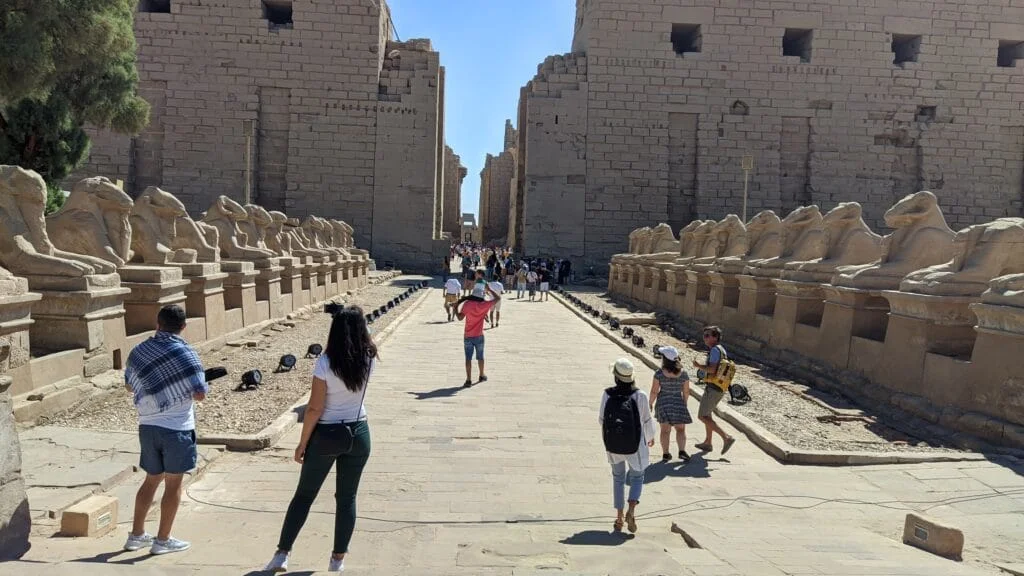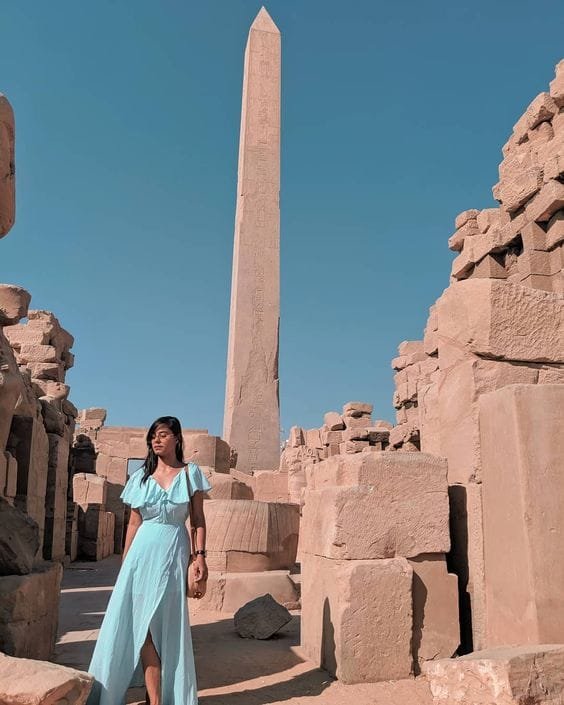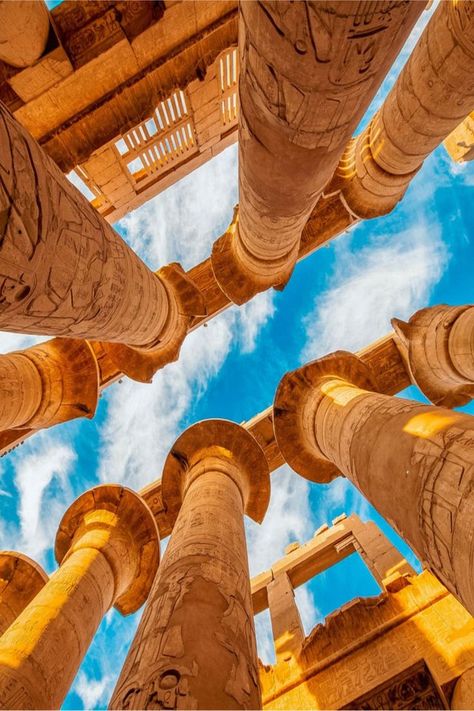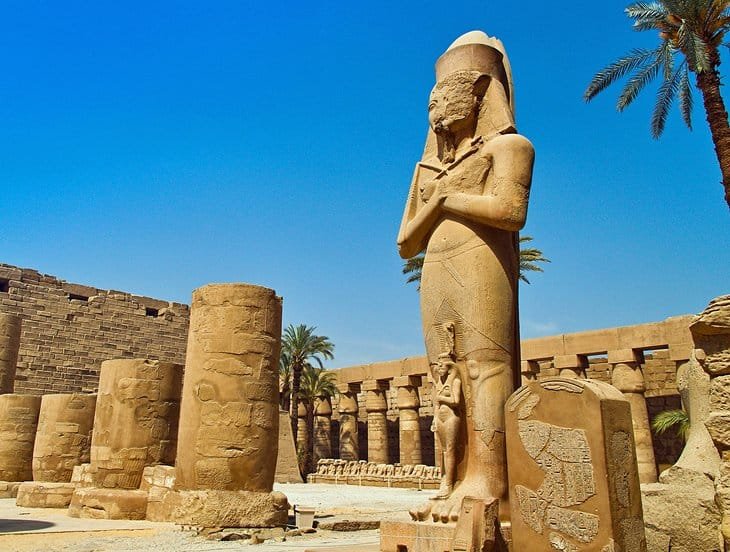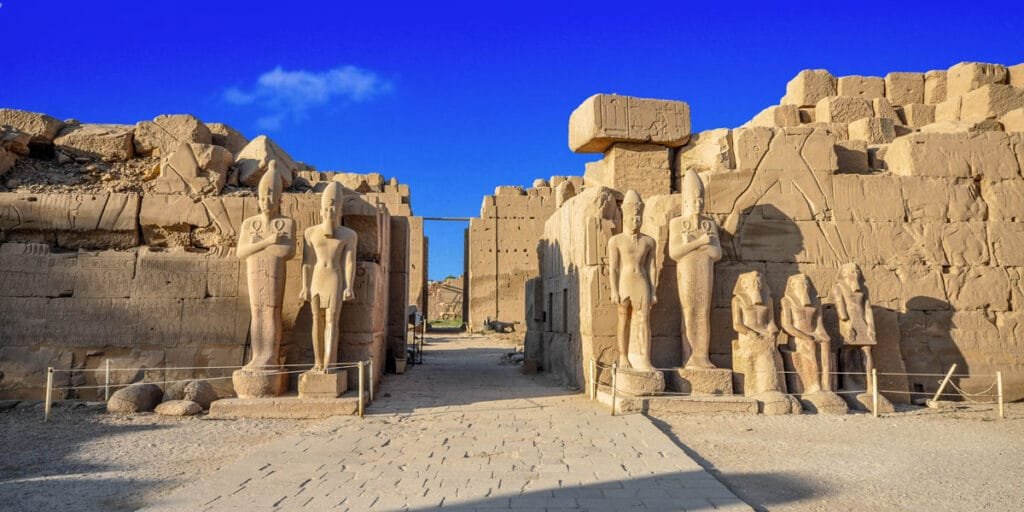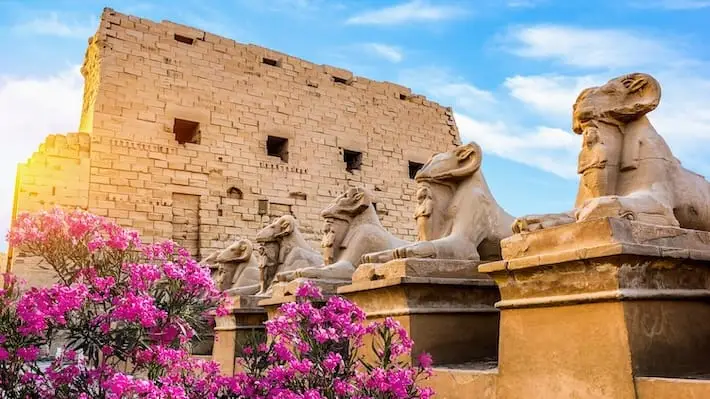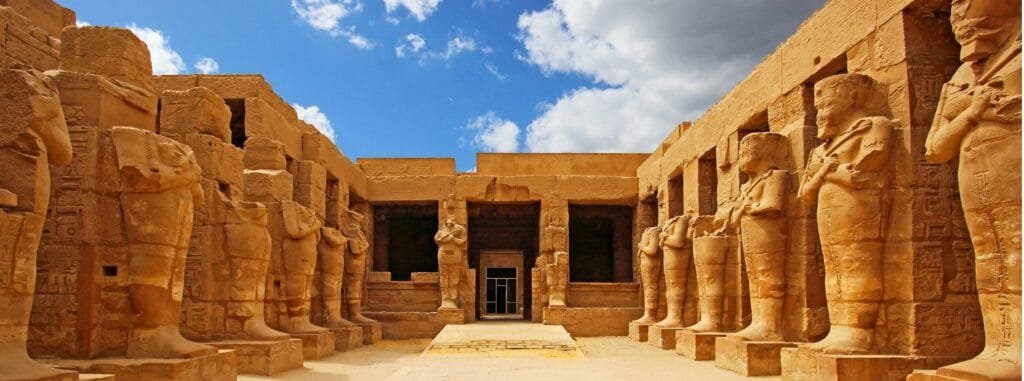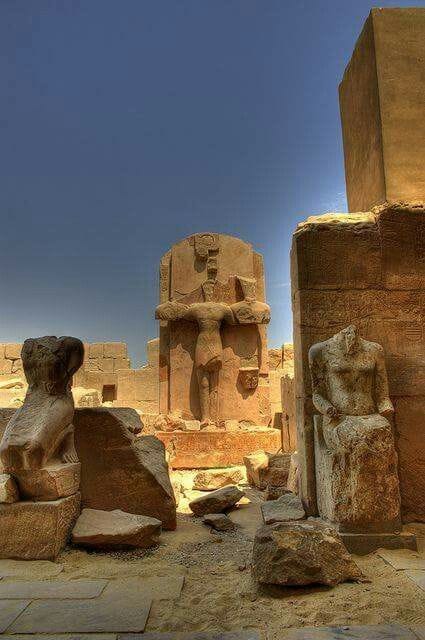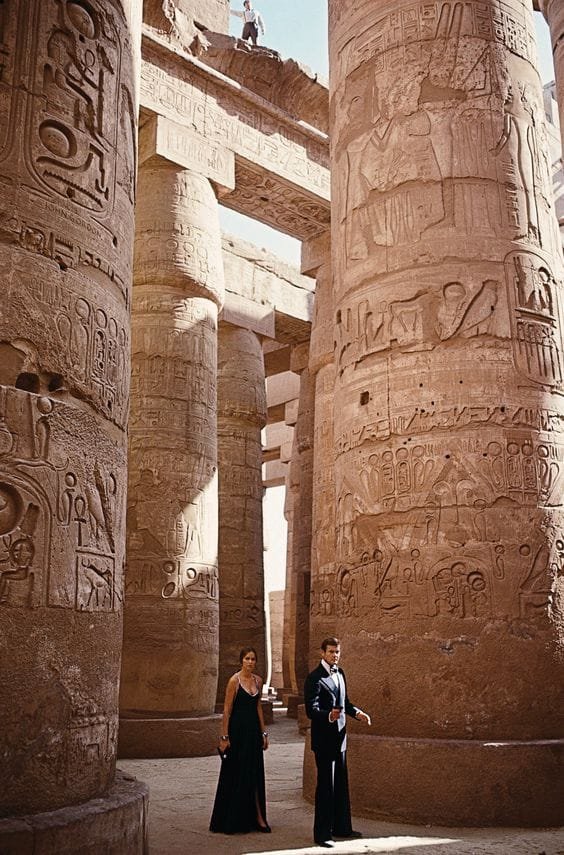Karnak Temple, located in Luxor, Egypt, is one of the most iconic and historically significant temples of ancient Egypt. It stands as a testament to the grandeur and sophistication of ancient Egyptian architecture and religious practices. The temple complex, which spans over 200 acres, was dedicated primarily to Amun-Ra, the supreme god of the Egyptian pantheon. Construction of the temple began around 2000 BCE and continued for nearly two millennia, with numerous pharaohs adding to and expanding the site over the centuries. The sheer scale of the temple is awe-inspiring, with colossal columns, massive stone structures, and intricate carvings that reflect the power and devotion of ancient Egypt.
As a spiritual center, Karnak was considered the most important place of worship during the New Kingdom period, and it played a vital role in the religious and political life of Egypt. The temple complex was the site of grand religious festivals, such as the Opet Festival, where the statues of the gods were paraded between Karnak and Luxor Temple. Visitors to Karnak today are treated to an unparalleled look at the religious practices that defined the Egyptian civilization. The temple’s complex layout, filled with massive courtyards, sanctuaries, and temples, offers an opportunity to connect with the spiritual legacy of ancient Egypt. The site also attracts archaeologists and history enthusiasts eager to uncover more about ancient Egyptian religion and culture.
Visiting Karnak Temple is not just about admiring architectural wonders—it’s about understanding the depth of ancient Egyptian society and the crucial role this sacred site played in shaping the civilization’s identity over millennia. Whether you’re exploring the temple’s towering columns or soaking in the atmosphere, Karnak Temple promises a transformative experience.


